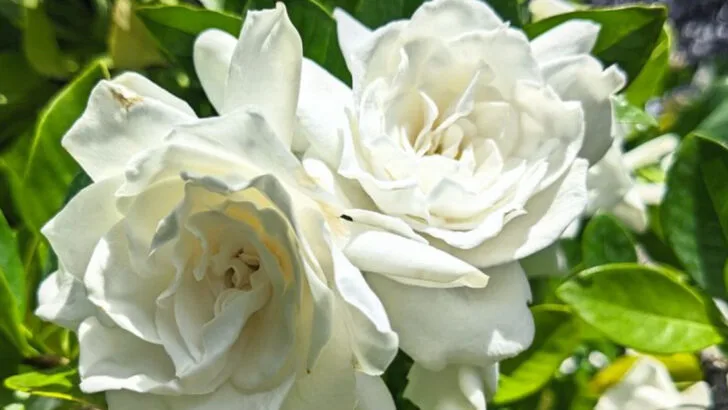Want a garden that smells like summer—without the daily maintenance? The secret is choosing the right plants: those that bloom boldly, perfume the air naturally, and thrive with little to no fuss. While many people assume a fragrant garden requires pruning, feeding, and constant care, that’s simply not true. In fact, some of the most heavenly scented flowers are also the easiest to grow.
Whether you’re filling containers, borders, or a neglected corner of your yard, there are low-maintenance bloomers that will reward you with incredible fragrance from spring through fall. Think jasmine that clings to a fence, night-blooming flowers that scent the whole patio after sunset, and hardy herbs like lavender that thrive on being ignored.
In this guide, we’re sharing 15 blooming plants that go big on fragrance and simplicity. They don’t need perfect soil, strict schedules, or a green thumb—just a sunny spot and a little bit of love. If you’ve ever wanted your garden to smell like a natural perfume shop, this list is your shortcut.
Lavender
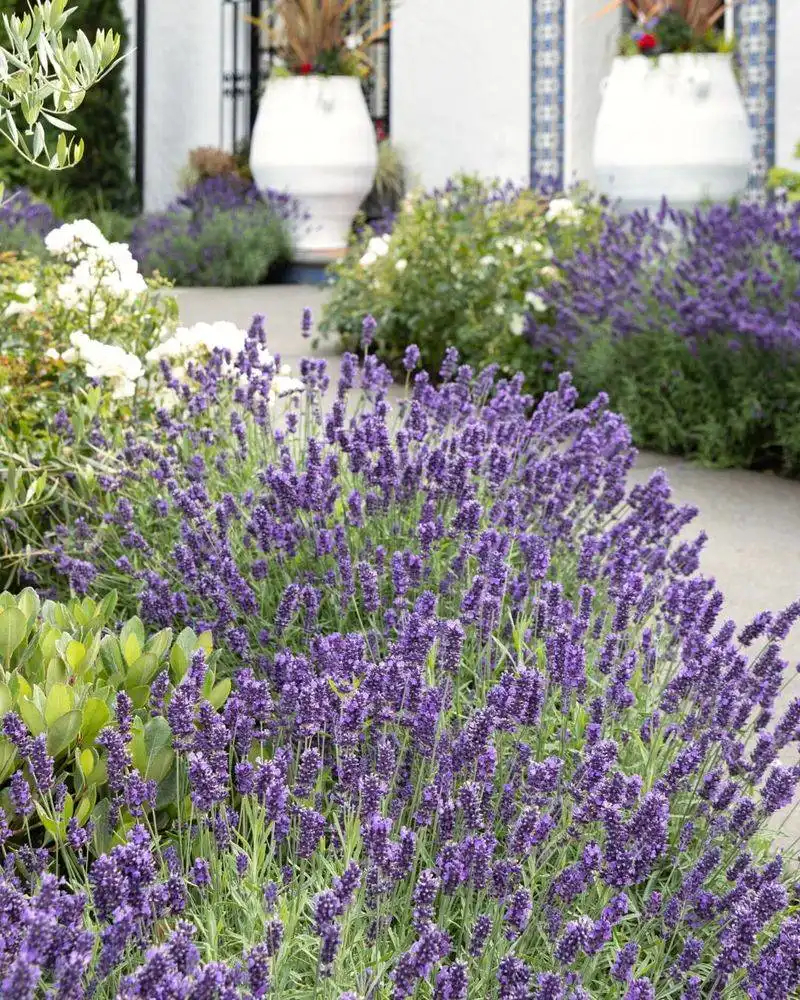
Considered the queen of low-maintenance plants, Lavender is a favorite among gardeners. Its calming fragrance is perfect for creating a serene atmosphere. Known for its drought-resistant nature, it thrives in full sun and well-drained soil.
Lavender’s purple blooms attract pollinators like bees and butterflies, adding life to your garden. Clip the flowers to enjoy their scent indoors or use them in culinary dishes.
Interestingly, lavender was used in ancient Egypt for embalming mummies. Its timeless appeal makes it a quintessential choice for a fragrant garden.
Jasmine
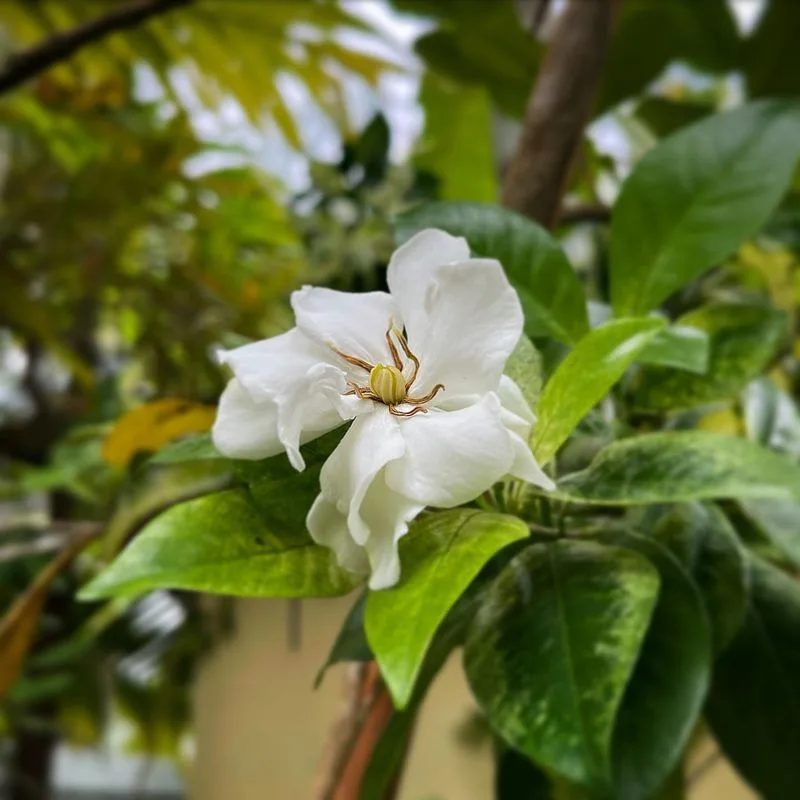
Jasmine’s sweet scent is reminiscent of warm summer evenings. Its small white flowers can transform any garden into a fragrant haven. This climbing plant is perfect for archways or trellises, bringing vertical interest to your space.
Preferring warm climates, jasmine thrives in sheltered, sunny spots. It’s easy to maintain, needing only occasional pruning. A fun fact: jasmine is often used in perfumes and teas, valued for its soothing qualities.
Its fragrance is known to evoke calm and relaxation, making it a fantastic addition to peaceful garden corners.
Honeysuckle
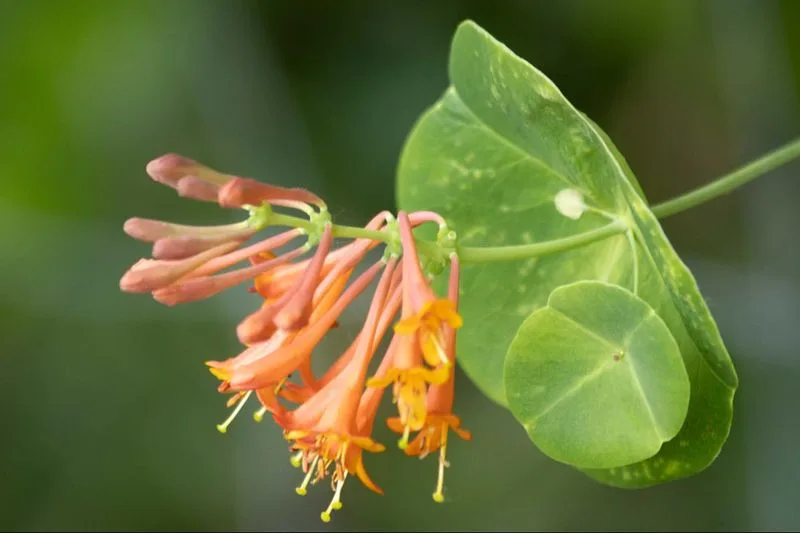
Honeysuckle’s intoxicating scent is nostalgic for many. Its tubular blooms attract hummingbirds and butterflies, turning gardens into lively sanctuaries. This hardy plant requires minimal care, making it a gardener’s dream.
Honeysuckle vines are versatile, perfect for fences or creating natural screens. While it enjoys full sun, it can tolerate partial shade, making it adaptable to various garden settings.
Historically, honeysuckle was believed to ward off evil spirits, and its sweet nectar is irresistible to wildlife. This plant truly marries beauty with function.
Gardenia
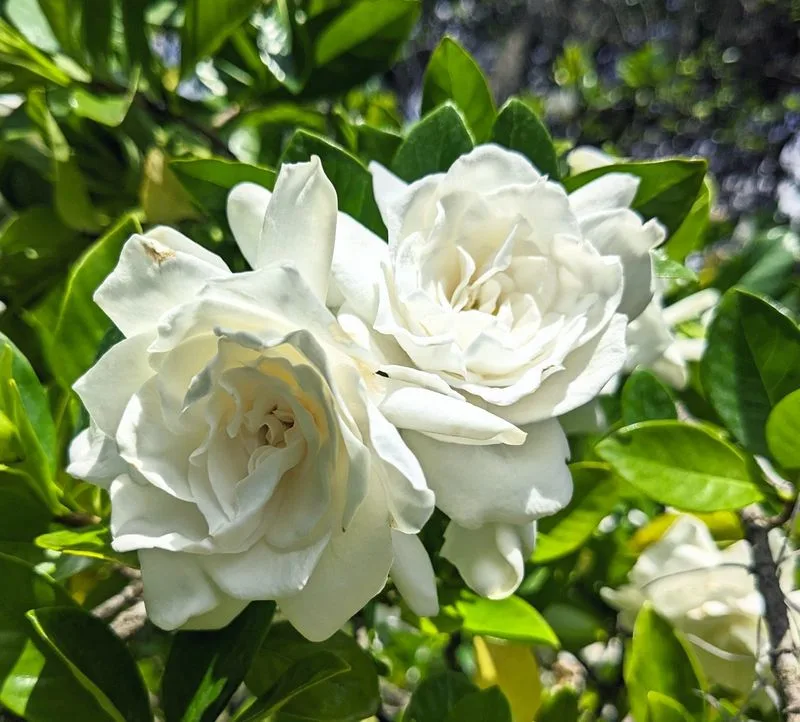
Gardenias are synonymous with elegance and fragrance. Their creamy white blooms contrast beautifully with dark green foliage. Often used in bouquets, gardenias are known for their strong scent.
These plants prefer humid environments and acidic soil. While they require some attention to detail, their aromatic rewards are worth the minimal effort.
A fun tidbit: in the Victorian language of flowers, gardenias symbolize secret love. Their timeless charm makes them a romantic touch to any garden.
Lilac
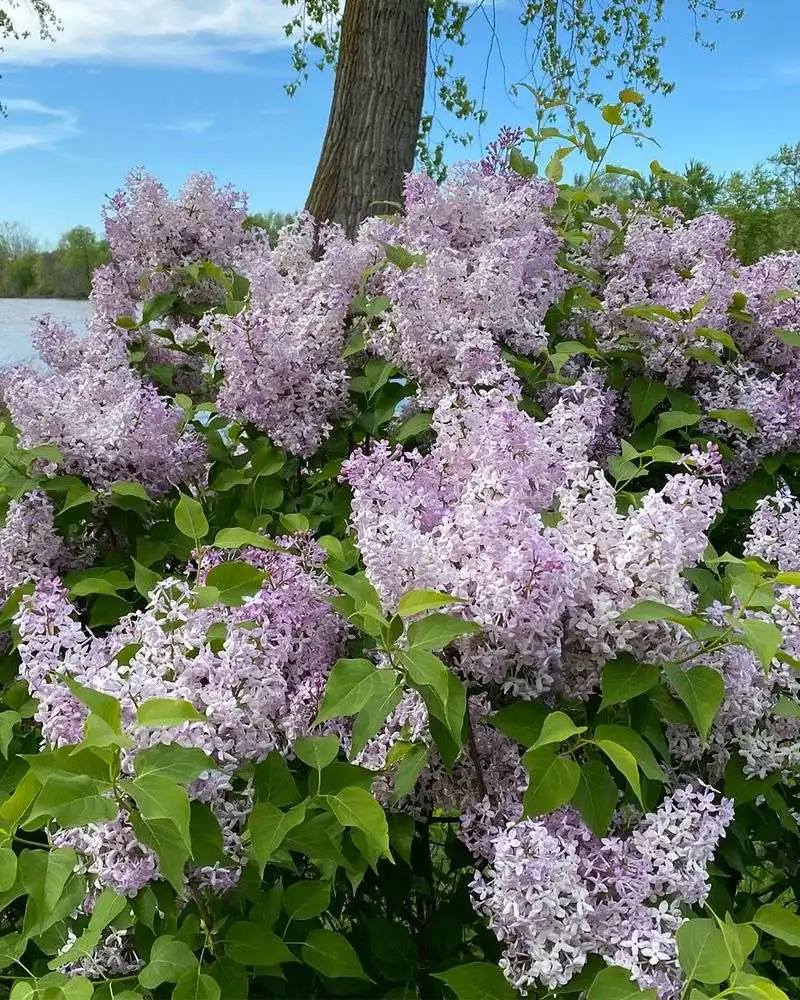
Lilacs offer a scent that’s as classic as it is enchanting. They’re celebrated for their pastel blooms that herald springtime. These shrubs are easy to grow, needing just a sunny spot and good air circulation.
Lilacs can live for decades, providing their fragrant blossoms year after year. Pruning them right after flowering encourages more blooms.
Did you know that lilacs are considered a symbol of first love? Their enchanting aroma and beautiful clusters make them a sentimental favorite for many gardeners.
Peony
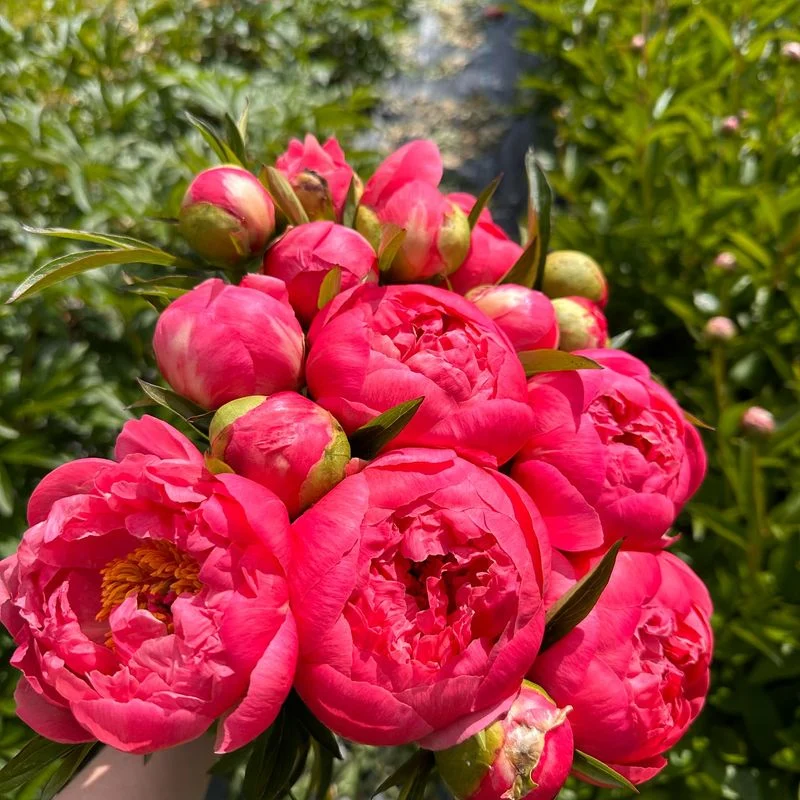
Peonies are the grand dames of the flower world. Their large, lush blooms are not only stunning but also offer a sweet fragrance that fills the air.
These perennials require little care once established, preferring sunny locations and well-drained soil. In return, they reward gardeners with spectacular blooms each spring.
Historically, peonies have been cherished for their beauty and are often associated with prosperity and romance. Their enduring appeal and fragrance make them a garden staple.
Sweet Alyssum
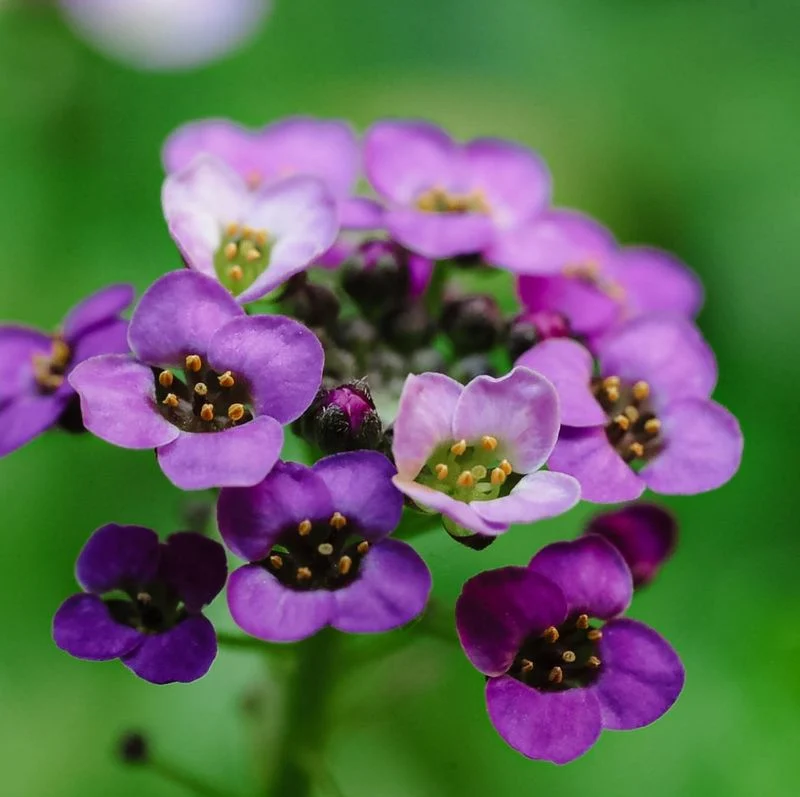
Sweet Alyssum is a diminutive powerhouse of fragrance. Its tiny white or purple flowers form a carpet of scent that’s perfect for edging paths or filling gaps in rock gardens.
This plant thrives in cooler temperatures and can withstand neglect, making it ideal for novice gardeners. It self-seeds easily, ensuring its return each season.
Sweet Alyssum has historical significance as a symbol of worth beyond beauty. Its name, derived from the Greek ‘alysson,’ means ‘against madness.’
Mock Orange
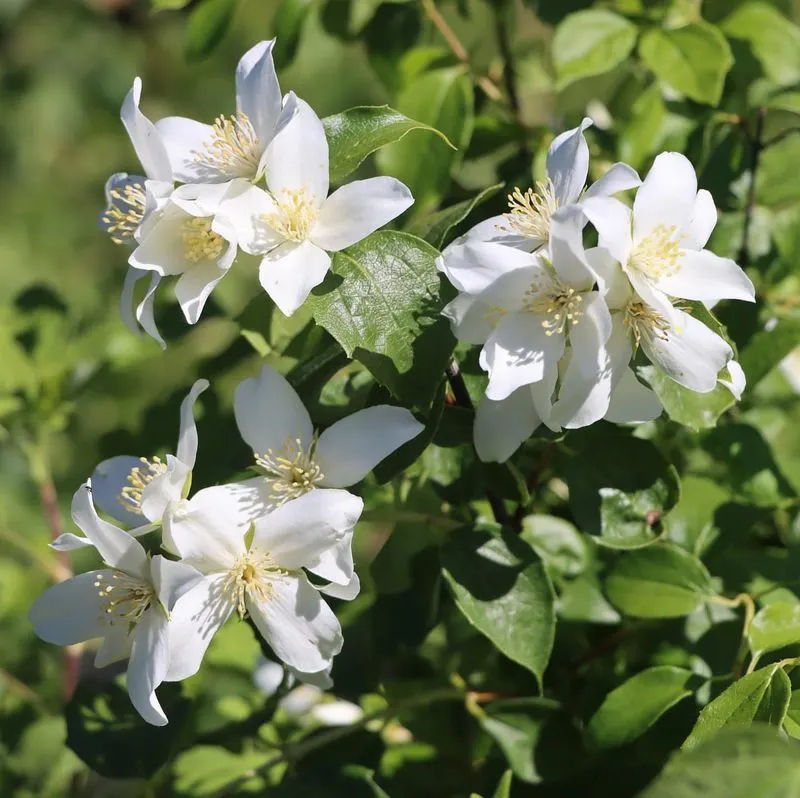
Mock Orange is known for its citrusy scent, reminiscent of orange blossoms. Its white flowers add elegance to any garden setting.
This deciduous shrub is low maintenance, thriving in full sun to part shade. It’s an excellent choice for hedges or as a stand-alone specimen.
The name ‘mock orange’ comes from its similarity in fragrance to true orange flowers. Its sweet perfume is a delight in late spring, offering an aromatic backdrop without much effort.
Night-Blooming Jasmine
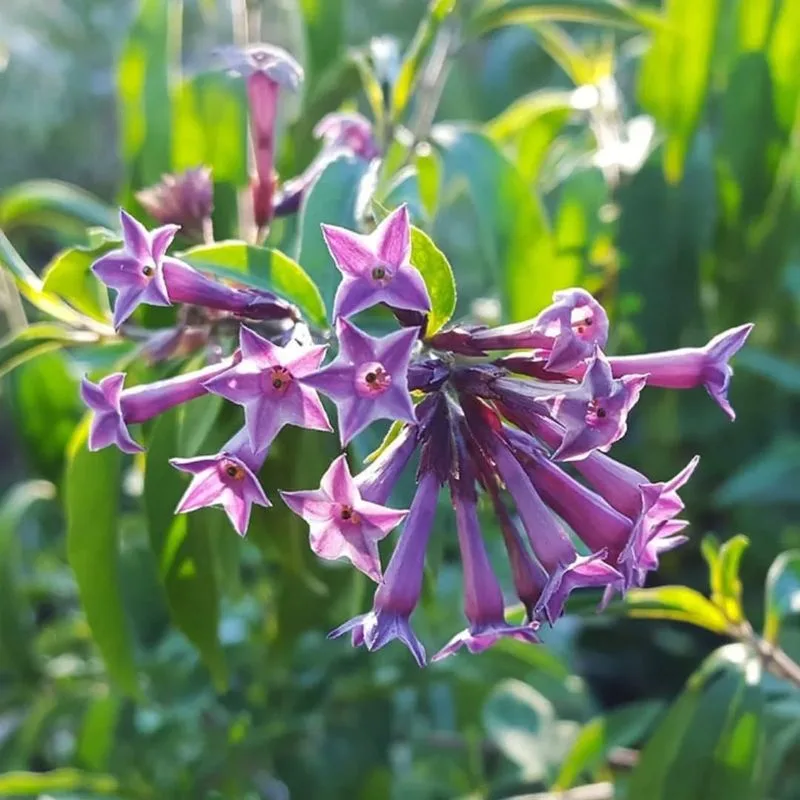
Night-Blooming Jasmine is magic after dark. Its powerful scent is strongest during the evening, perfect for night gardens or patios.
This plant enjoys warm climates and can be grown in containers or directly in the ground. It’s a fantastic choice for evening gatherings, infusing the air with its signature fragrance.
A unique trait is its ability to repel mosquitoes, making it both beautiful and functional. Night-blooming jasmine is a must-have for those who enjoy their gardens late into the night.
Daphne
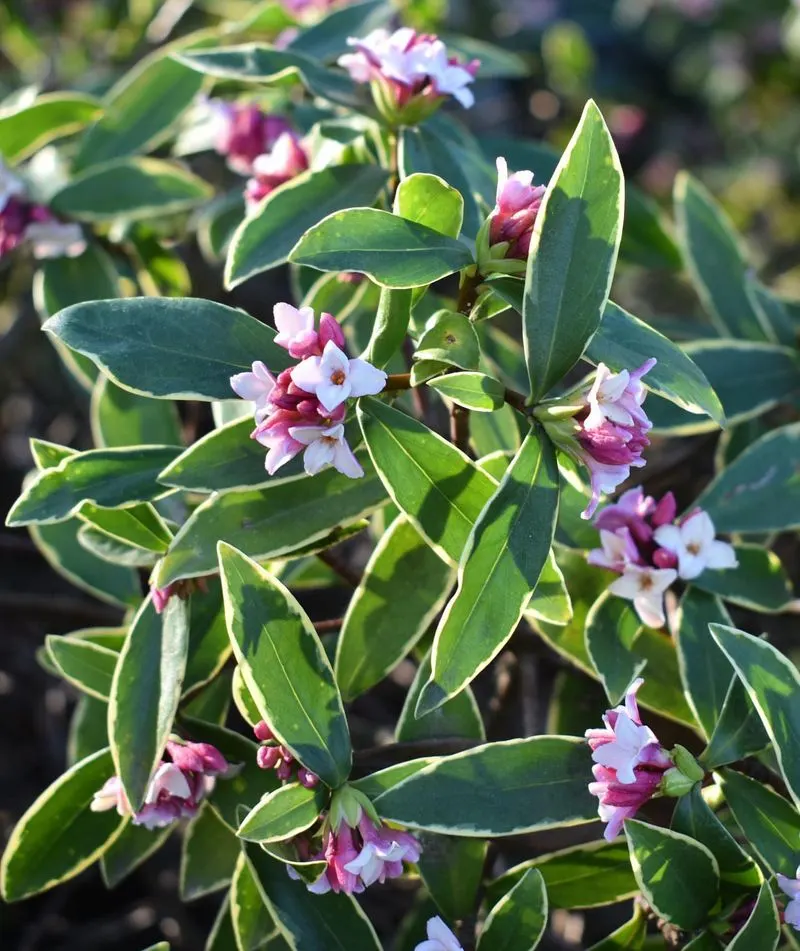
Daphne is a plant that rewards you with fragrance in the early spring. Its small pink or white blossoms are a delight for both the eyes and the nose.
Daphne prefers a cool, shaded location and is relatively easy to care for once established. Its flowers are short-lived, but the sweet scent lingers in the memory long after.
The Greeks associated daphne with the myth of the nymph transformed into a laurel tree. This plant brings a touch of mythological charm to any garden.
Rosemary
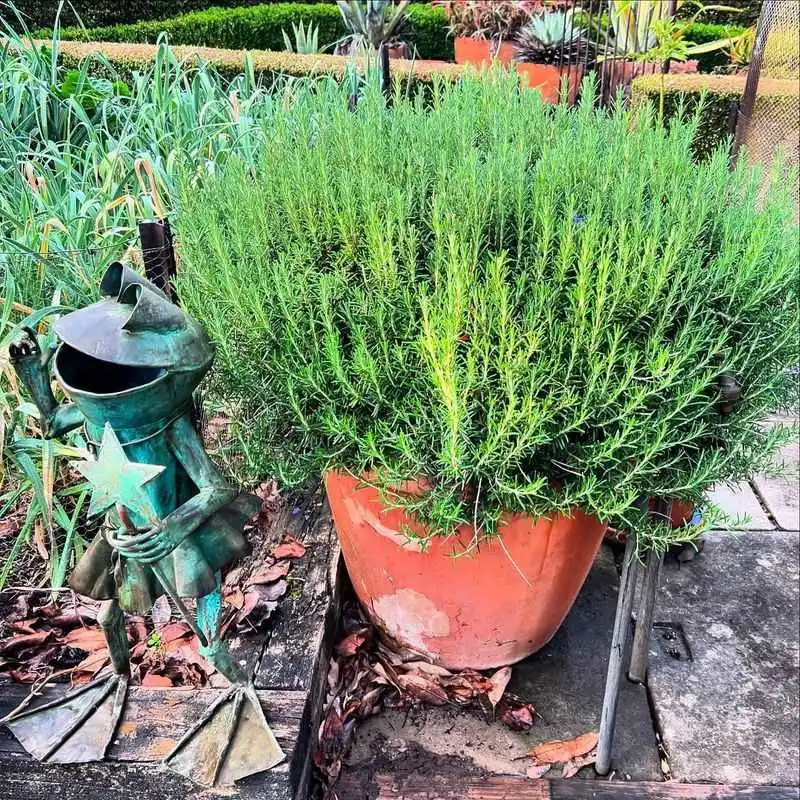
Rosemary is both culinary and olfactory delight. Its woodsy scent is a staple in Mediterranean gardens, offering an aromatic experience.
This hardy herb thrives in well-drained soil and sunny spots. Beyond its fragrance, rosemary’s leaves are a favorite in kitchens worldwide.
A fun historical note: rosemary was once used as a symbol of remembrance and fidelity. Whether in gardens or pots, its fragrant presence is a joy to cultivate and use.
Osmanthus
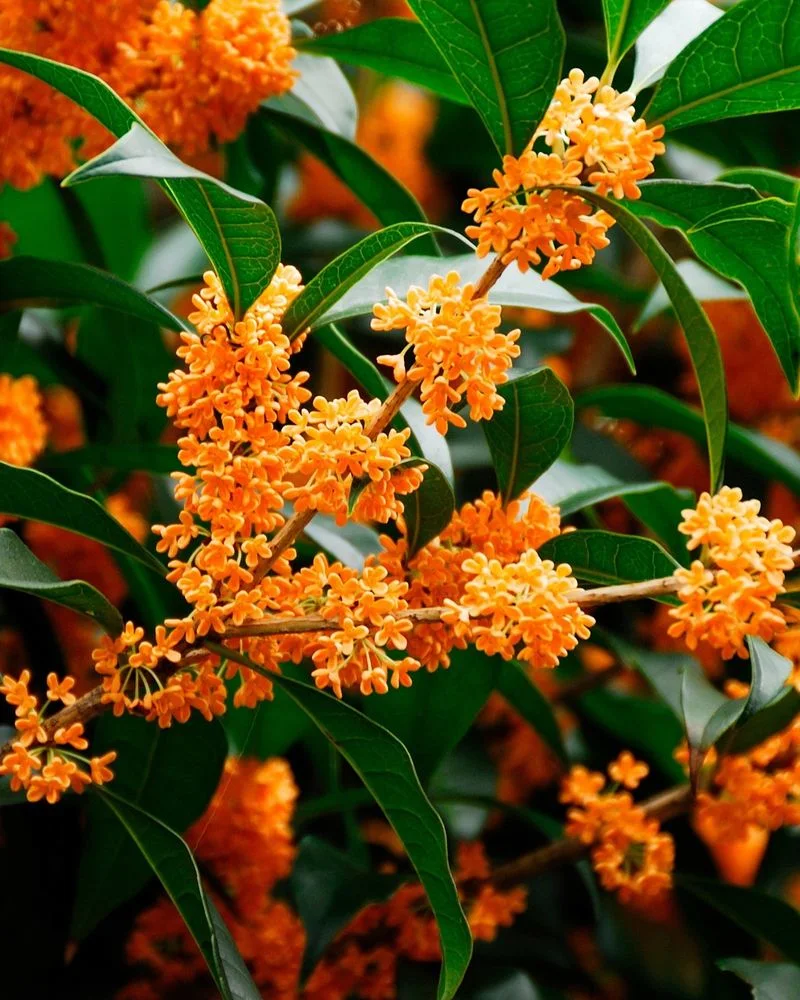
Osmanthus offers a scent that many liken to ripe peaches or apricots. Its small, white flowers blend seamlessly into the landscape, making it a subtle delight.
This evergreen shrub thrives in various soil types, needing minimal pruning. Plant it near paths or doorways to enjoy its fragrance up close.
In Chinese culture, osmanthus is associated with love and romance, often featured in teas and wines. Its discreet beauty and aroma make it a garden gem worth cherishing.
Hyacinth
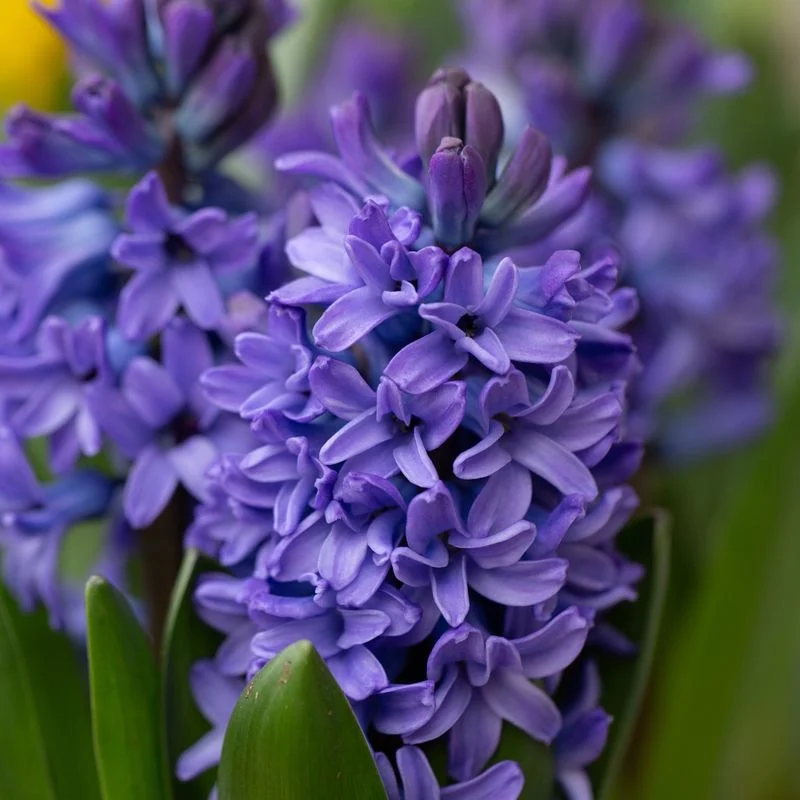
Hyacinths are celebrated for their vibrant colors and intense fragrance. These spring bloomers are a feast for the senses, with their dense flower spikes.
They thrive in sunny locations and well-drained soil, rewarding gardeners with bursts of color and scent. Plant them in groups for maximum impact.
Hyacinths have a storied history, associated with the Greek myth of Hyacinthus. Their fragrant blooms are a testament to nature’s artistry and allure.
Tuberose
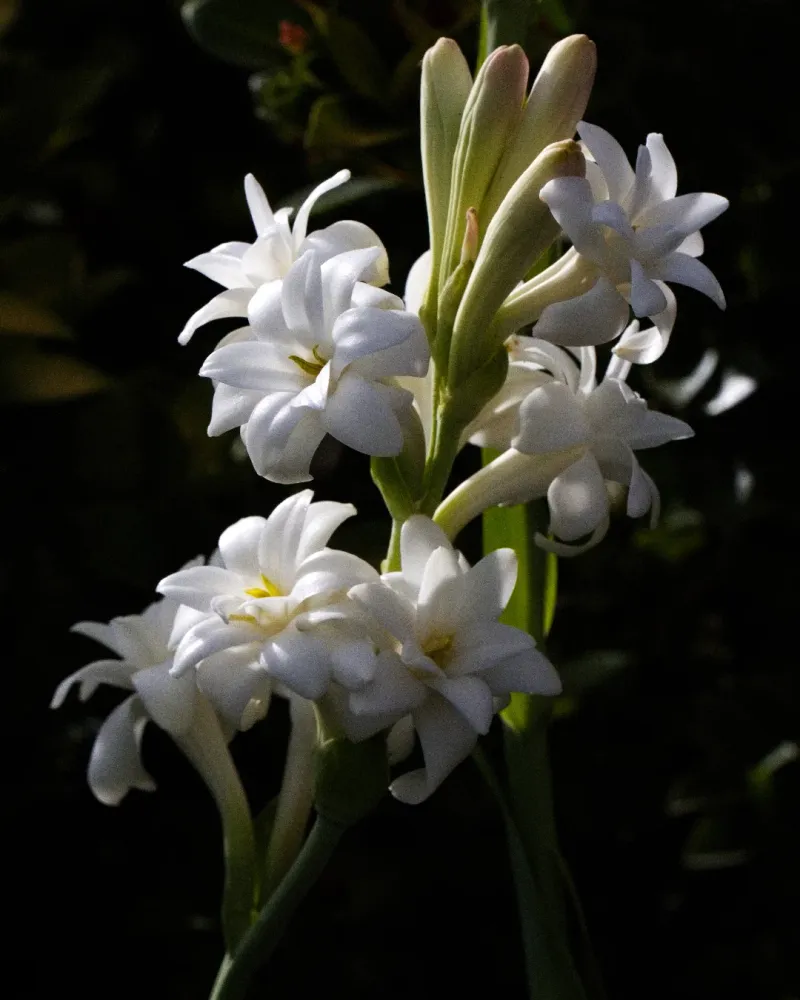
Tuberose is known for its intoxicating scent, often used in perfumes. Its tall spikes of flowers stand proud, adding vertical interest to any garden.
This plant thrives in warm climates, preferring sunny spots with well-drained soil. It requires minimal care, making it an easy addition to fragrant gardens.
In Victorian times, tuberose was a symbol of dangerous pleasure. Today, it’s cherished for its heady aroma, offering an exotic touch to garden displays.
Freesia
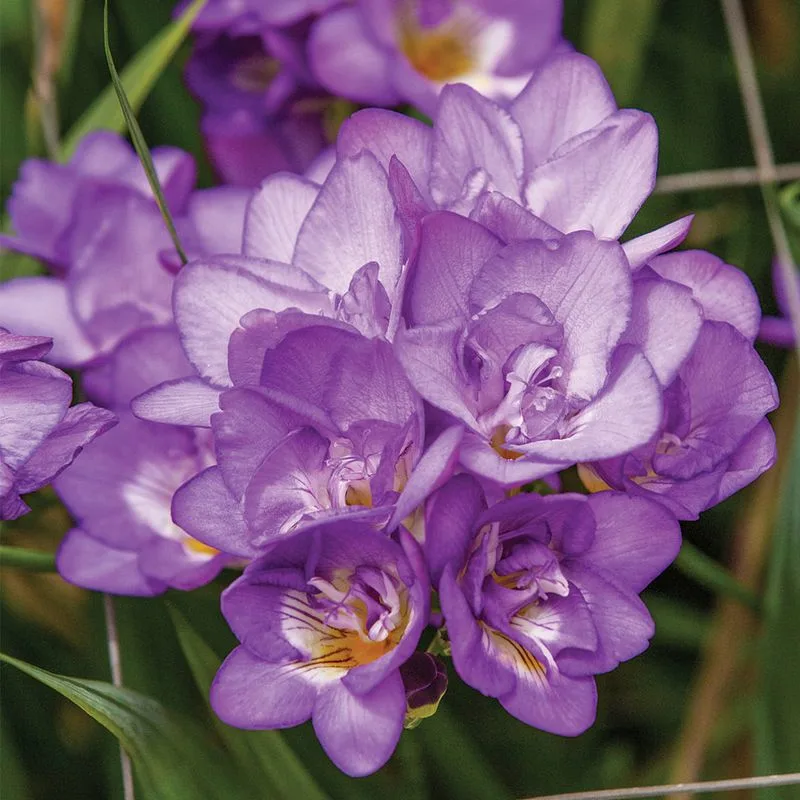
Freesia is a darling of the flower world, known for its citrusy scent and vibrant blooms. These flowers are a favorite in bouquets and gardens alike.
They thrive in well-drained soil and require minimal fuss, making them perfect for beginners. Freesias come in various colors, each with its unique fragrance profile.
Interesting fact: freesia is named after German botanist Friedrich Freese. Its delightful scent and bright colors make it a standout choice for those seeking fragrance and beauty.

